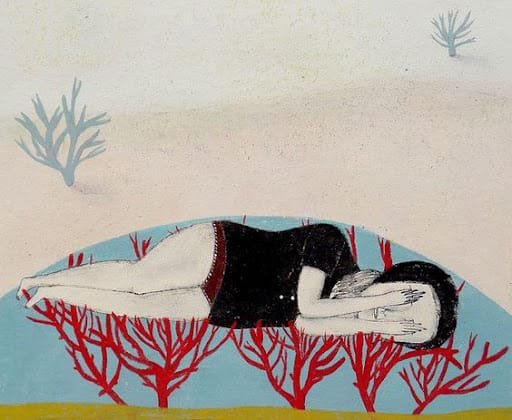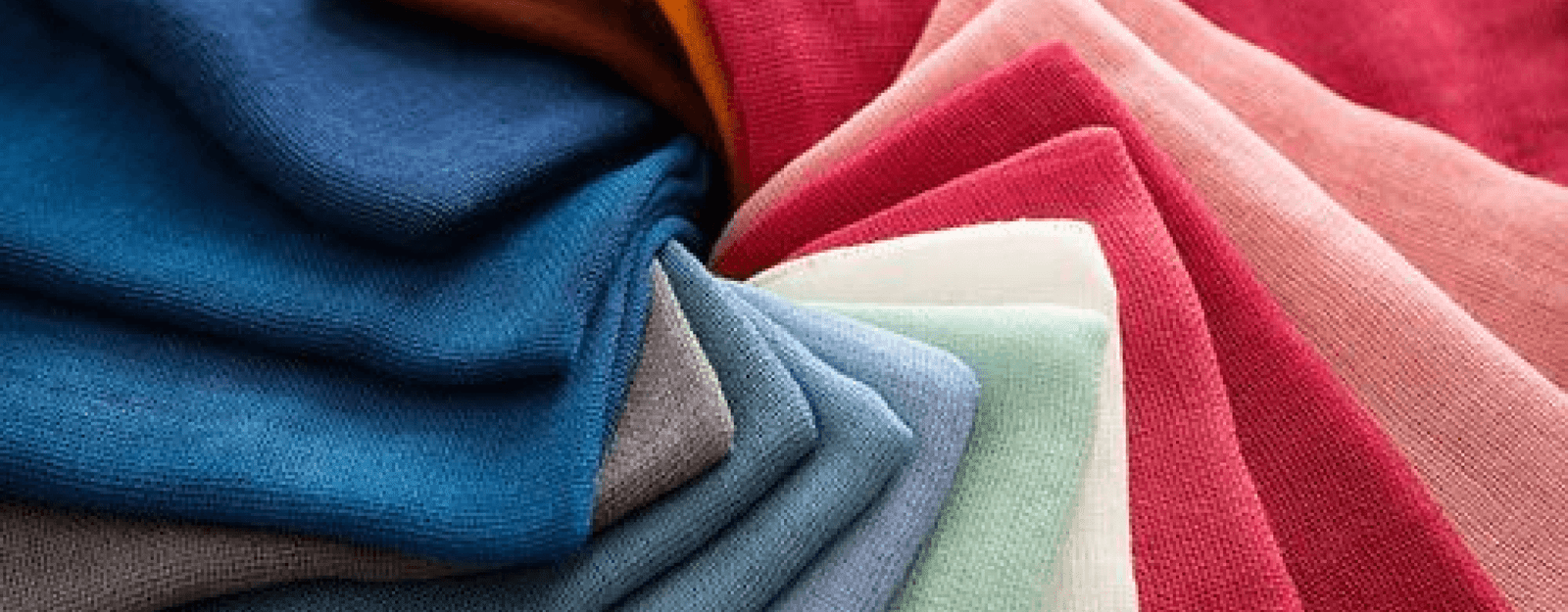Your cart is currently empty!

Menstrual pain has been a universal experience amongst women since the beginning of time. Pain is a subjective phenomenon, and people experience it differently, but the manner in which it is perceived is also influenced by external, non-biological factors.
That’s right, one’s narrative of their menstrual pain may also be shaped to an extent, by their cultural, economic and geographical factors.
But why should we still care about old cultural values around period pain during this age of modern healthcare and enlightenment? Well, despite technological advancements and progressively scientific mindsets, alot of our personal experiences and thinking systems continue to be rooted in the culture we are based in; and in studying the history of these cultures and ideologies, we can better locate the roots of issues around period pain.
Starting from Square One : The History of Period Pain Perceptions –
To understand the issues of period pain, we must retrace some of the earliest records of menstrual pain, what the people have grown to see and understand period pain as, and then work our way back to contemporary times to see how history saw period pain and approached its treatment.

Around 1900 B.C.E, the oldest medical document – Kahun Gynaecological Papyrus, talked about uterus related issues and mentions a theory called ‘The Wandering Womb’. This ancient medical belief was that if the woman does not get pregnant, the Uterus leaves its position in the body and moves around, and whichever organ it ends up pressing against, ends up becoming a site of pain and illness. The uterus can be ‘coaxed back’ into its original position through the use of oils and incense.

This idea of the uterus causing harm to a woman’s body revolved around the Greek Myth of the first woman Pandora, whose beautiful appearance was seen to cover her dangerous insides (uterus). The Greeks and Romans predominantly saw Uterus as the reason behind illnesses and pain in women.

In a similar light, the middle ages also saw period pain in a predominantly religious light, stating that it was a biblical punishment for the original sin committed by Eve. This indicates that people’s perception of the pain was that it was a retribution rather than a phenomenon that could possibly have biological reasons. Even the women believed that they deserved the pain they went through to atone for Eve’s sins.

Some notions also perceive menstruation as impure and dirty, which, according to a source, finds its origins in a myth of Vedic times, and is linked to Indra’s slaying of Vritras. It was declared in the Veda that guilt of killing a brahmana-murder, takes the shape of the menstrual flow, as women had taken upon themselves a part of Indra’s guilt.

Contrary to the beliefs that ascribe menstruation to impurity, Ayurveda, the ancient medicine practice in India views periods as a ‘detox’ of the body. It identifies 5 life forces in the body : Earth, Air, Water, Fire and Space, and the balance of these forces is known as a Dosha. There are 3 Doshas – Vatta (constituted by space and air), Pitta (constituted by fire and water) and Kapha which is made up of earth and water.
But what do these Doshas have to do with period pain? Well, Ayurveda believes that an excess of Vatta decreases body temperature and constricts the blood vessels, which causes menstrual pain; and so, heat therapy is prescribed to alleviate the pain!


Similarly, in other belief systems such as the Ashanti Culture of Ghana and Zulu Culture in South Africa, menstruation and the pain associated with it holds spiritual significance and often symbolises power. The first menstruation is celebrated as a mark of transition into womanhood.
The lack of scientific knowledge in the early ages meant that the issues of period pain consisted of this pain being ascribed a purely religious or mythological value, which ignored biological reasoning and subjective experiences of menstrual pain. These people gave more importance to religious connotations of menstrual pain, and in doing so they disregarded actual physical and emotional damage that was being done to women’s bodies whilst going through period pain.
Let’s move ahead to see what the 19th century folks thought of period pain. This was an age of technological advancements, and the field of medicinal science focused on objectivity in their treatments and diagnosis.

During the late 1800s, Robert Battey’s radical surgical procedure called ‘Battey’s Operation’, which involved the removal of ovaries to treat pain, was one of the examples of the genuine belief that women were not to be trusted with their own bodies.
This procedure was very popular at that time, despite lacking evidence; even Battey himself admitted that although his procedure was successful in treating cases of ovarian epilepsy, it enjoyed far less success in curing other uterus related conditions, including dysmenorrhea and endometriosis.
The dominance of objectivity during this time period meant that doctors generally dismissed the menstrual pain which couldn’t be quantified or seen, and chalked it down to women’s overly emotional nature.
On one hand, the subjective experiences of women about their menstrual pain were still largely dismissed, but on the other hand, a lot of women took it upon themselves to revolutionise period pain treatment.

Made for women, by a woman, Lydia Pinkham’s Vegetable Compound, which consisted of North American native herbs, became the best selling drug in the 19th century for period pain relief. Several women also began exploring chemical treatments in the form of Styptic Balsam, Willow bark, and later Aspirin.
Additionally, this technologically progressive and revolutionary era was still plagued by dogmas, as the issues of intersectionality persisted even in the medical field. Women of colour were less likely to receive access to treatment for their menstrual pain due to financial constraints and racial prejudices that existed amongst professionals.
The perception and treatment of Menstrual pain slowly emerged in the medical field as a matter of importance, but there were still many hurdles to cross, such as the exclusion of women’s subjectivities and the racial prejudices that had been ingrained into ideologies and dominant discourses.
And which is why, despite our modern and inclusive outlook on menstrual pain, it is important to not overlook the factors that shaped these ideologies and perspectives outside of the medical field.
The culture and economics had an important role to play in shaping communal and personal experiences of menstrual pain.
Period Pain, Culture and Economics –
We have read and heard several informational bits on how period pain is still a taboo and the discussion over how to normalise talking about periods and period pain.
But how did this taboo even come to be? What was the reason behind Menstruation being considered a taboo subject and causing women to be silenced over the issue of their period pain? A major reason behind this could be the role of patriarchal discourse that dominates all streams of experience and education.

History is filled with narratives that equate being a woman to being weak, and being in pain. To show pain or experience it is to be ‘feminine’ and weak. Women are expected to experience pain during menstruation, childbirth and intercourse, and thus this idea that women have to inevitably get used to this pain pervades various cultures and this perception also seeps its way into the medical field.
Most cultures have viewed period blood as ‘impure’, causing menstrual pain to not be regarded as a genuine issue but as a regular ‘nuisance’ that should be ignored both by women and men.
The overall negative view on menstruation being impure and period pain being a ‘punishment’ or minor inconvenience has led women to internalise feelings of guilt and shame about their period pains, and causes them to remain silent rather than talk about it.
Due to this ‘Patriarch-washing’ of menstruation, experiences of period pains are normalised and generally ignored instead of being viewed as a matter of concern and sympathy.
When talking about issues of period pain in the corporate and professional spaces, it all boils down to the aspect of inclusivity and ableism.
Period pain is one of the leading causes of absenteeism, equating to a loss of around 600 million hours per year, with an annual loss of $2 billion in the United States. Studies showed that the absence of girls due to effects of Primary Dysmenorrhea ranged between 14% and 51%.
Due to the excruciating pain, women are forced to miss out on work and school, forcing them to fall behind their male counterparts in terms of opportunities and growth. There is further discrimination visible in the form of pay gap, menstrual leave policy and workplace discrimination.

This issue of menstrual pain and inclusivity in the workplace can be encapsulated by an observation made by a law student Anjale Patel during the recent plea made to the Supreme Court in India. The law student commented that compelling employers to “enforce menstrual leave policies may also operate as a de facto disincentive for employers to engage women in their establishments”.
Women may be prejudiced against due to the menstrual leave policy, and fearing the same, many women might try to work through excruciating pain or leave the workforce altogether, forcing them to fall back into financial dependency within a patriarchal framework.

Another link between period pain and economics is what we call Period Poverty, which is a concern where individuals are unable to access menstrual hygiene and relief products and facilities due to financial constraints and/or the high costs incurred in procuring such products.
Women in the rural areas who are already financially dependent find it near impossible to access products for their menstrual pain and well-being, further exacerbating the issue. This Period poverty forces them to use ‘improvised’ material for their menstruation such as old rags, newspapers and even cow dung, all of which not only threatens their well being but also leads to a generally negative experience which furthers their feelings of shame and guilt of speaking about their menstrual experiences.
The human civilisation has managed to and continues to do away with countless regressive practices and ideologies over the course of thousands of years, but the fact that issues around period pain and periods are still regarded as a thing of taboo, serves as a reminder that there is work yet to be done, and our willingness to empathise and adapt to new ideas points to a hopeful future of positive change.
References
- Thiery, Michel (1998). “Battey’s operation: an exercise in surgical frustration”. European Journal of Obstetrics & Gynecology and Reproductive Biology. 81 (2): 243–246. doi:10.1016/S0301-2115(98)00197-3
- https://www.intimina.com/blog/dealing-with-period-pain/#:~:text=The%20Victorian%20age%20was%20a,which%20was%20invented%20in%201897.
- Itani, Rania, et al. “Primary Dysmenorrhea: Pathophysiology, Diagnosis, and Treatment Updates.” Korean Journal of Family Medicine, vol. 43, no. 2, 2022, pp. 101–108, doi:10.4082/kjfm.21.0103.
- https://feminisminindia.com/2021/10/15/period-leaves-menstruation-stigma-workplace/
- https://fertility-wise.com/hormonal-gynecology-disorders/stop-normalizing-menstrual-pain/
- https://www.intimina.com/blog/dealing-with-period-pain/#:~:text=The%20Victorian%20age%20was%20a,which%20was%20invented%20in%201897.
- https://www.thehindu.com/news/national/supreme-court-refuses-to-entertain-pil-seeking-menstrual-pain-leave-for-female-students-and-working-women/article66548297.ece
- Rohatgi, Aishwarya, and Sambit Dash. “Period poverty and mental health of menstruators during COVID-19 pandemic: Lessons and implications for the future.” Frontiers in global women’s health vol. 4 1128169. 1 Mar. 2023, doi:10.3389/fgwh.2023.1128169
- https://food.ndtv.com/health/know-your-prakriti-are-you-vata-pitta-or-kapha-1709108
- Chawla J, Matrika The Mythic Origins of the Menstrual Taboo in the Rig Veda. 1992. [Last accessed on 2014 Aug 09]. Available from: http://www.matrika-india.org/Research/MythicOrigins.html .




